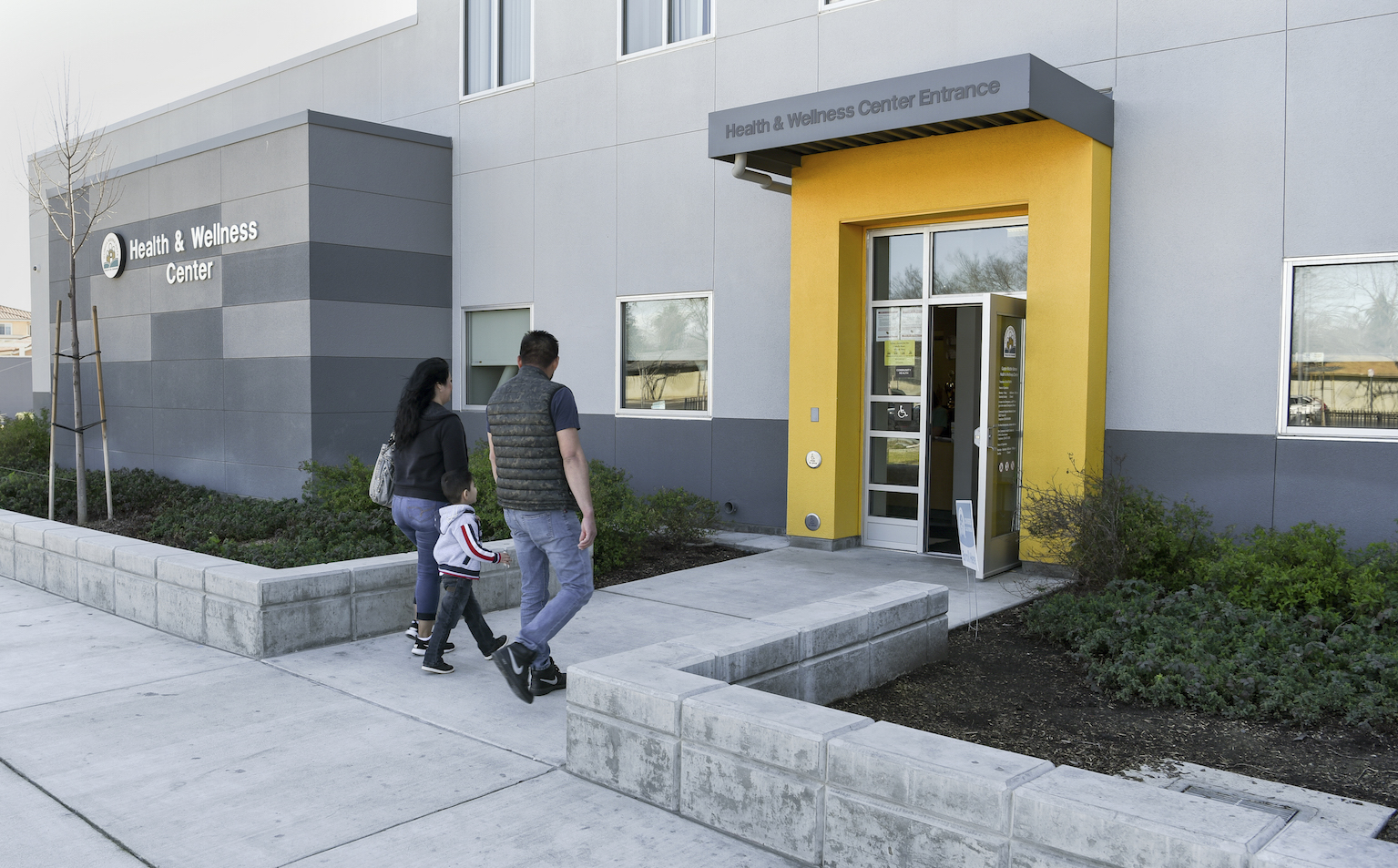
Health care reform will bring big changes to community clinics that treat the poor and uninsured. For the first time, many of their patients will be eligible for insurance. Unfortunately, they may not know they are eligible for Medi-Cal or subsidies to purchase insurance, or know how to navigate the new insurance exchange.
“This whole health care reform for a majority of people is a big blur to them,” said Eddie Chan, President and CEO of North East Medical Services, one of the largest providers in San Francisco.
Now, with help from government funds, clinics are getting ready for a wave of clients who will need to be signed up for health insurance. Clinics have a serious stake in getting clients insured, as their funding may be reduced after health care reforms roll out, with the expectation that they will be paid for their services through their newly insured patients.
“All those flu visits [we see this time of year], those people are going to have insurance in the winter of 2014,” said Merrill Buice of The San Francisco Community Clinic Consortium.
The exchange starts enrollment in October 2013, a few months before the mandate that most Americans have health insurance goes into effect in Jan. 2014. The exchange will be available to consumers on a website, where residents can shop for insurance plans as well as determine their eligibility and enroll in programs such as the Medi-Cal expansion or health insurance subsidies.
California has $40 million from the federal government to fund their outreach efforts, money that will be distributed largely to clinics starting in spring 2013. The hope is that clinics have most of their qualified clients signed up before the mandate begins.
Clinics in San Francisco may be the most prepared in the state to get people enrolled in the exchange. But they are still bracing for the change.
“It’s never as simple as they tell us it’s going to be,” Chan said. “It’s a very arduous process now. I assume that whatever they set up is not going to be simple.”
For example, staff will most likely need to input in-depth income and banking information into the exchange portal, which is often difficult to obtain from clients.
San Francisco has a leg up on the enrollment process because more than three quarters of the city’s uninsured population participates in Healthy San Francisco, the local health access plan. Healthy San Francisco, which started in 2006, provides low-cost health care within city limits to uninsured residents who make less than $54,480 a year. But Healthy San Francisco is not health insurance, as it is not usable outside of the city limits. Clinics already have staff in place to help with enrollment.
Clinic staff members, called certified application assistants, currently help clients understand the programs available to them and help them apply for assistance. Soon, the application assistants will also use the California Health Benefit Exchange website to assess clients’ eligibility and enroll them for the assistance expanded under health care reform. More than half of Healthy San Francisco enrollees will qualify for help under the Affordable Care Act.
North East Medical Services has 30 application assistants on staff. The clinic serves more than 55,000 clients – and almost all of them (90 percent) only speak Chinese or Vietnamese. Chan is trying to hire about a dozen more member services representatives now, because learning the job takes six to eight months.
St. Anthony’s medical clinic in the Tenderloin, a member of San Francisco Community Clinic Consortium (SFCCC) recently received a grant from Kaiser Permanente’s Northern California Community Benefits Program to prepare for the increased demand for enrollment. In 2010 they only had three staff members trained to help with enrollment.
Zeke Montejano, clinic administrator at St. Anthony’s, started his preparation by assessing his staff’s level of knowledge. He was shocked by how much they still had to learn.
“The level of complexity has probably tripled,” Montejano said.
St. Anthony’s hired four more application assistants, provided training and increased their salaries to be more competitive. They also started enrolling new patients at scheduled appointment times and calling clients ahead of time to remind them of what they need to bring to the appointment. These changes have cut enrollment time in half, from one hour to a half an hour.
“Eligibility visits have doubled since we started the program,” Montejano said.
Clinics already call clients in once a year to reenroll them in Healthy San Francisco. Once the exchange opens, Montejano said, they will simply call in their clients to switch them over to that instead. Application assistants are already gathering more thorough income information than they had to in the past because of anticipated new requirements.
But Montejano worries that some clients will fall through the cracks because the new programs are too complicated and they’ll no longer qualify for Healthy San Francisco.
“Even with all those outreach efforts, we still have a number of people who’d rather be uninsured,” said Chan. He suspects people are afraid to apply because of citizenship status.
“For us, of course, that’s not financially viable,” Chan said.
Those patients will still be able to turn to Healthy San Francisco for access to basic care. Because the city plan has no immigration status requirements and a higher income qualification, Healthy San Francisco expects to keep half of their clients.





